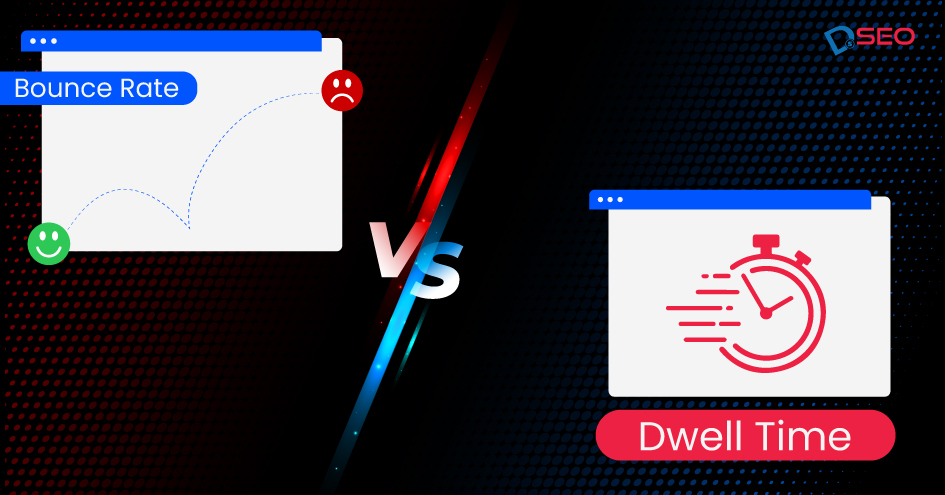
What is Video Marketing and How to Create an Effective Video Marketing Strategy?
May 13, 2022 / SEARCH ENGINE OPTIMIZATION
All you need is a bit of planning and a touch of creativity to market your videos to the audience. Video marketing promotes the business to unimaginable levels. Today’s cut-throat competition has become quite difficult for brands to get popular with just written content and images alone. Here is a fact to state the importance of video marketing, the digital video marketing industry in the United States is worth $135 billion. Sounds convincing, right? Yes, it is; the worth of the digital video marketing industry states that the brands realize the importance of video marketing.
What is Video Marketing?

Video marketing means using videos to promote your products and services. The video marketing strategy integrates engaging videos into your marketing campaigns. Video marketing has a plethora of applications, from enhancing customer support to promoting products or services. It also helps increase your digital engagement on social media, educates the audience, and gives them a new medium to connect with your brand.
Examples of Video Marketing
Your favorite brands like Facebook and YouTube are the most popular and effective platforms for video marketing. Video marketing is spread all over the internet.
To start with video marketing, you choose some of the following ideas-
- Demo Videos
You can showcase your products or services via demo videos. Demo videos are quick, short, and educational, a perfect way to explain how your product works. In addition, you should highlight all the benefits of your products and services and provide a call to action to entice a purchasing decision.
- BTS (Behind-the-scenes) Videos
It is important for the audience to understand how your product is made and who is behind the formation of the product. Therefore, shoot and present the behind-the-scenes videos to let your audience know more about you.
- Educational Videos
Educational videos primarily include how-to-do videos, which are the most convenient way to learn how a product works. As a result, customers usually watch how-to-do videos rather than reading a product manual.
- Customer Testimonials
A happy customer tells a lot about your customer service experience and attracts new customers. Customer testimonials are a great way to influence your target market and act as social proof. This type of video marketing helps showcase your products and services while building trust.
- Social Content Videos
Social content videos are short clips created specifically for social media platforms like Facebook, Instagram, LinkedIn, or Twitter. Social content videos are usually fun and playful, enticing the viewers to share. Such videos include lifestyle shots, montage scenes that relate to your product or services, short interview bites and quotes, or just a mesmerizing shot of the product.
- Commercials
One of the video contents that are brief and attention-grabbing is the commercials. It highlights the product’s features and characteristics with a dynamic sense, beautiful imagery, and a clear call to action. The primary goal of a commercial is to attract new customers and 335xisting ones.
Commercials are typically short, thirty seconds to one minute long, and distributed online or on television via paid advertising.
Benefits of Video Marketing
There are a lot of benefits of video marketing; the following are some of them-
Connect With Your Audience
Videos form a link between what you say and what you are. It allows your audience to know your brand. All marketing strategies aim to build trust among the audience, and video marketing does that exactly.
Information Retention
The information captured through video content is likely to stay in the memory more than any other medium. For example, upon watching a video, the audience can retain 65% of the information three days later.
More Exposure and Engagement
The video content holds approximately 74% of all online traffic. A good video marketing strategy attracts both existing and potential customers. The customer prefers to watch a product video rather than read the product description.
Powerful Sales Tool
Video marketing is the most effective sales tool. After watching the video, the customers are 64-85% more likely to make a purchase.
SEO Friendly
Video marketing leverages the power of SEO perfectly. It helps build backlinks to your site, boost likes and dislikes, improve search rankings and drive traffic to your website. It is also perfect for email marketing. Email subject lines that have the word “video” witness an increase in open and click-through rates.
Growing Popularity among Different Platforms
Videos run on different platforms, and it is quite possible to get popularity and recognition on different platforms. Video marketing stands you out from the competition and creates a different identity.
Challenges of Video Marketing
The major challenge of video marketing is the expense of creating a video. Equipment costs, editing software, and data cost of watching and spreading online.
Keeping such costs aside, the costs that limit the video marketing strategy are the costs of editing software and an experienced video marketing team.
How To Construct an Effective Video Marketing Strategy, Step by Step?

Now that you have explored the explanation, examples, benefits, and challenges of video marketing. It is time to discuss the most important part which makes video marketing what it is known for. Then, let’s explore ideas to create an effective video marketing strategy.
Identify your Goals
What do you want to achieve by creating a particular video? Is it increasing sales volume, enhancing online presence, or do you want to have fun? First, it is important to know the purpose of creating a video.
The initial step toward creating a video is to identify the video’s goals. Initially, you should create a video for every stage of the marketing funnel (It is a series of stages to guide prospects through their customer journey). So, let’s ponder upon the following marketing funnel stages and which is the most important stage to target for video marketing.
- Awareness –In the awareness stage, a user or a viewer realizes that they have a problem to deal with. Your video should attract users and introduce your brand to a newer audience at this stage.
- Consideration – Now, the user’s mind starts evaluating the alternatives and solutions to the problem they are facing. In this stage, a user researches a lot, seeks recommendations, watches product reviews, and looks for the most cost-effective solutions.
- Decision– It is the most important stage of a marketing funnel wherein the user decides whether to go with a chosen solution or not. A-t this stage, your user has found the solution, and you want to be that solution. Present the user proof of customer satisfaction and convince them why your product or service is better than your competitors.
Let’s put down the different marketing funnel stages with different video ideas.
In the awareness stage, you should create an introductory video. Then, to engage the audience in the consideration stage, try to create social content or commercials. Finally, in the decision-making stage, better present the viewers with customer testimonials as the existing customers tend to attract and motivate the prospects to make a purchase decision.
Find your Target Audience
Now you are familiar with the different stages of the marketing funnel and what videos to pitch to the viewers at each stage.
The next step is to identify the right target audience. It will be a waste of time if you create a video without targeting the right audience. So, how do you identify who your exact audience is? Let’s find out!
The secret lies in creating a buyer’s persona; it is usually created while developing a product or a service. The people you want to watch your video are probably the same who want to buy your product.
A buyer persona helps to identify the right audience. To finalize your audience strategy, you need to figure out the following-
- Whom does your product or service serve (buyer’s persona).
- What is the purpose of creating a video – this helps to create videos as per the marketing funnel stages.
- Where can you find your target audience? Knowing the answer would help in distributing the video.
Get answers to the questions mentioned above, and you will know who your target audience is and how you can reach them.
What is Your Story? Why Should Your Audience Know?
It can get a little daunting to figure out your story, and why should your audience? But it can be figured out by a basic story framework. Such a framework includes-
- Protagonist – The protagonist in your video should relate to your target audience
- Conflict – Your customer’s pain point (problems)
- Quest – This will be how you present your product or service
- Resolution – This will state how your product will solve the problem of your target audience
Remember, all elements mentioned above should align with your brand’s values. In addition, it is important to add emotions to your videos. Do you want to make them smile, do you want to inspire them, or do you want to make them cry a little? Decide the emotion of the story first, and then create a video.
Be Creative
People want to see the original; people want to see something new and creative, not conventional and artificial. So be original with your story, and people will attract your brand. Think of any successful video marketing; you will find originality and creativity.
Adhere to the Timeline
A timeline is important; it gives a sense of discipline and standardizes the process of video making, from creation to distribution. It is better to keep multiple timelines and stick to them, such as the production timeline, distribution timeline, etc. Your timeline acts as a lighthouse to your cruise of video production and guides it to the island of the right target audience. In addition, timelines keep you aware of how much you have done and how much is yet to be done.
A video marketing timeline has the following stages-
- Strategy
Under the strategy, parts, goals, budget, and timelines are decided. It generally lasts up to one month.
- Production
The production stage includes creative planning, pre-production, production, and post-production. It takes around two months to complete.
- Distribution
The distribution stage is the final step of the video marketing timeline in which the video is distributed to the target audience.
Stick to the Budget
While it is important to be creative and original, which might take extra dollars, the budget is important. In a practical sense, too, without a definite budget, getting exactly what you want is next to impossible. So first, you need to make a decision on whether you want to shoot the video in-house or outsource it to another production company. Naturally, the budget requirements for both options will be different.
Adding different or advanced features in your video might cost extra; choose the necessary features. On the other hand, extra work on a video might disinterest your audience because they might not relate.
Whether you are a renowned organization or just starting up, the growth of video marketing could be the best opportunity for you to lead the market. Consumers prefer to intake videos than any other form of content that emphasizes video creation and production.
Many platforms host video content and prioritize it, and devices are more video ready than before.
It would be best to leverage the potential of video marketing because the longer you wait, the more consumers you will lose.









